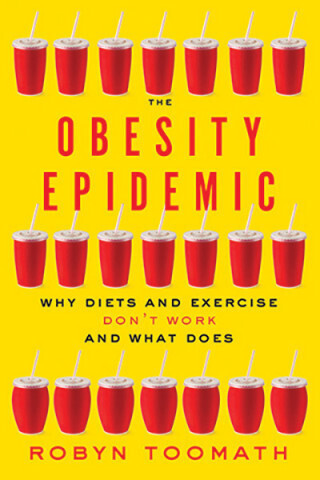
Reviews
A well-written and fascinating review of obesity in the 1950s and beyond. This is a unique book that deserves a place on the bookshelf of anyone interested in obesity. Highly recommended.
This book offers a fascinating journey through the profound changes in the way obesity has been viewed, from when it was first identified as an issue to when it began to explode in prevalence. This engaging chronicle is highly valuable in understanding weight and obesity issues today.
Fat in the Fifties is a riveting analysis of the rise and fall of early concerns about the health consequences of obesity. Rasmussen's history is indispensable for understanding the social, psychological, political, and environmental origins of today's obesity 'crisis.'
From a glandular gold rush in the 1920s to pink methamphetamine diet pills in the 1950s, Rasmussen tracks the clinical and cultural fads and fashionable stigmatizations dialectally constructing the first US 'obesity epidemic.' An analytical tour de force and a brilliantly entertaining read!
Fat in the Fifties offers a critical window on how medical and scientific ideas were powerfully shaped by deep cultural assumptions regarding risk and responsibility, gender, stigma, and the constitution of problems of 'public' health. This is an innovative contribution to the history of obesity, disease, and public health.
Book Details
Acknowledgments
Chapter 1. Fat and the Public's Health before the Second World War
Chapter 2. Obesity Becomes a Mental Disorder
Chapter 3. The Postwar Heart Alarm
Chapter 4. Fighting Heart Disease One
Acknowledgments
Chapter 1. Fat and the Public's Health before the Second World War
Chapter 2. Obesity Becomes a Mental Disorder
Chapter 3. The Postwar Heart Alarm
Chapter 4. Fighting Heart Disease One Calorie at a Time in Cold War Suburbia
Chapter 5. The New Epidemiology and Its Impact
Chapter 6. The Disappearance of Obesity as a Public Health Problem
Notes
Index






